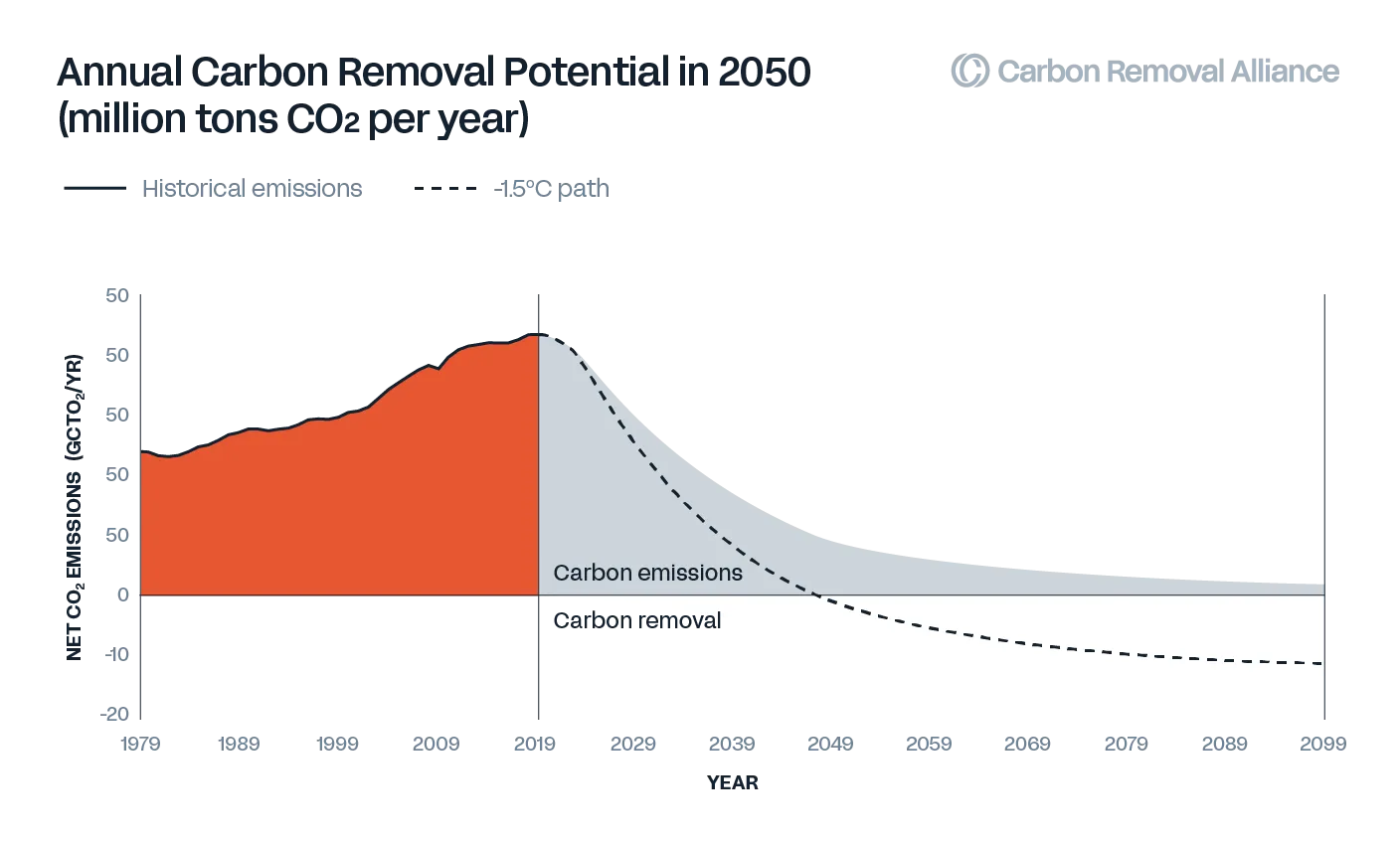The carbon dioxide removal (CDR) industry is calling on the US government to introduce standards and regulations to enhance transparency and accountability in a sector receiving billions in federal funding and private investment. In a report, the Carbon Removal Alliance, a nonprofit representing key industry players, presented recommendations to improve monitoring, reporting, and verification practices. Currently, the only US regulations focus on project safety.
Major industry members, including Heirloom and Climeworks, support the alliance’s call for regulation. “It’s rare for an industry to ask for its own regulation, but it shows the importance of ensuring verifiable climate impact,” said Giana Amador, executive director of the alliance. She emphasised the need for “climate receipts” to confirm the amount of carbon removed and how long it can be stored underground.
Amador noted that without federal oversight, companies may be forced into a “marketing arms race” instead of focusing on achieving tangible environmental outcomes. The alliance defines carbon removal as capturing carbon dioxide from the atmosphere and storing it permanently, with direct air capture being a prominent technology in this space.
The Inflation Reduction Act and Bipartisan Infrastructure Law have allocated roughly $12 billion to carbon management projects in the US, including the development of four Regional Direct Air Capture Hubs. These hubs are designed to capture at least 1 million tons of carbon dioxide annually, with two planned for Texas and Louisiana.
Some experts express skepticism about the technology’s cost and potential misuse by the oil and gas industry. Gernot Wagner, a climate economist at Columbia Business School, highlighted the “moral hazard” of direct air capture, suggesting it could allow the fossil fuel industry to continue polluting while relying on carbon removal technologies.
In 2023, Occidental Petroleum Corporation purchased Carbon Engineering Ltd, a direct air capture company, for $1.1 billion, with CEO Vicki Hollub stating the acquisition would accelerate global deployment of the technology.
Despite the growing investment, critics like Jonathan Foley, executive director of Project Drawdown, remain cautious. Foley stressed the need for government oversight but questioned the cost-effectiveness of carbon removal, calling it a “Wild West” industry with technologies that are far more expensive than emissions prevention strategies.
Katharine Hayhoe, chief scientist at The Nature Conservancy, echoed the need for standards, given the significant government subsidies and private investments. She emphasized that while carbon removal is an important tool, it is a “high-hanging fruit” that requires considerable resources, and priority should be given to more accessible solutions like improving energy efficiency and transitioning to clean energy.
Other scientists, such as Mark Z. Jacobson from Stanford University, are outright opposed to the technology, arguing it could inadvertently increase carbon dioxide levels by diverting renewable energy from replacing fossil fuel sources to power carbon removal facilities.
